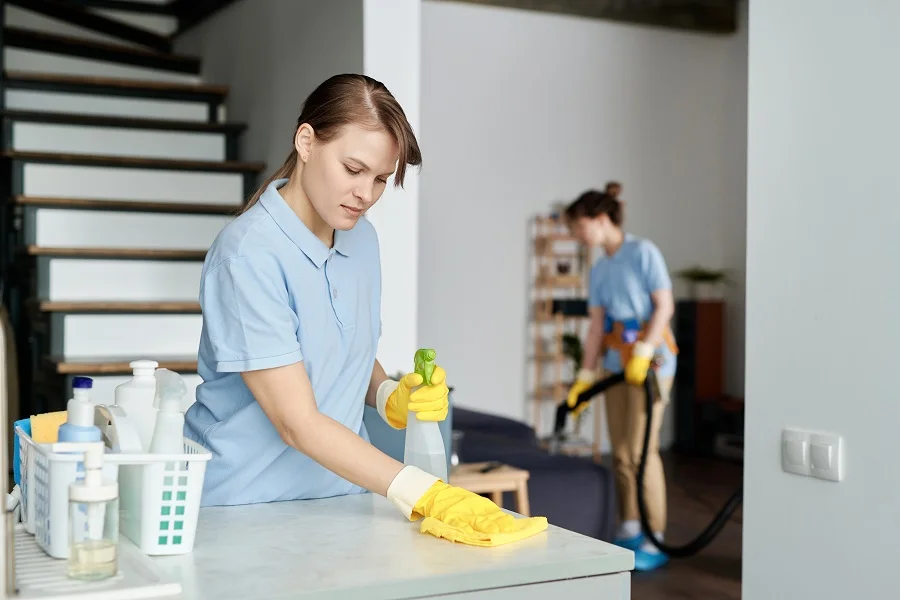Maintaining impeccable hygiene in a restaurant setting is not only essential for regulatory compliance but also crucial for ensuring a healthier, more satisfying experience for customers. Practical hygiene solutions begin with establishing a comprehensive cleanliness protocol that encompasses every area of the establishment from the kitchen to the dining area, and even employee restrooms and storage facilities. Daily deep-cleaning routines, combined with more frequent spot cleaning throughout service hours, can significantly reduce the risk of cross-contamination and the spread of bacteria. Surfaces that come into frequent contact with hands or food such as countertops, tabletops, door handles, and menus should be sanitized multiple times a day using food-safe disinfectants. In kitchens, proper sanitation of cutting boards, knives, and cooking stations is imperative after each use, especially when switching between raw and cooked foods. Equally important is personal hygiene among staff.

All employees, particularly those handling food, should be trained thoroughly in proper hand washing techniques and be required to wash their hands regularly especially after using the restroom, handling raw ingredients, or touching their face. Gloves should be used when appropriate but never as a substitute for hand washing. Hairnets, clean uniforms, and protective aprons can further prevent contamination. Employee training should not be a one-time event; it should be ongoing, with regular refreshers to keep hygiene standards top of mind and updated with the latest health guidelines. Effective waste management is another essential element of restaurant hygiene. Trash bins should be emptied regularly, and containers should be sanitized to prevent odors and pests. Food waste should be segregated from other types of waste and stored in sealed bins until disposal.Pest control measures, both preventative and reactive, must be part of the hygiene strategy. This includes sealing cracks, using traps, and scheduling regular inspections by certified professionals.
Ventilation also plays a significant role in maintaining a clean environment. Proper airflow reduces moisture accumulation and the spread of airborne bacteria and odors. Kitchens and dining areas should be equipped with high-quality ventilation systems and filters that are cleaned and replaced according to manufacturer recommendations. Similarly, restrooms should be well-ventilated, stocked with hand soap and paper towels or hand dryers, and cleaned multiple times a day. Lastly, customer-facing hygiene measures can enhance the dining experience and build trust. This includes placing hand sanitizer stations at the entrance and at key points throughout the restaurant, providing contactless payment options, and visibly demonstrating cleanliness efforts, such as open kitchen layouts or posted cleaning schedules. Customers are more likely to return to establishments where they feel their health and safety are taken seriously. In summary, check it out at alltopstartups.com practical restaurant hygiene solutions require a systematic, detail-oriented approach involving equipment, environment, staff behavior, and visible commitment to cleanliness.
